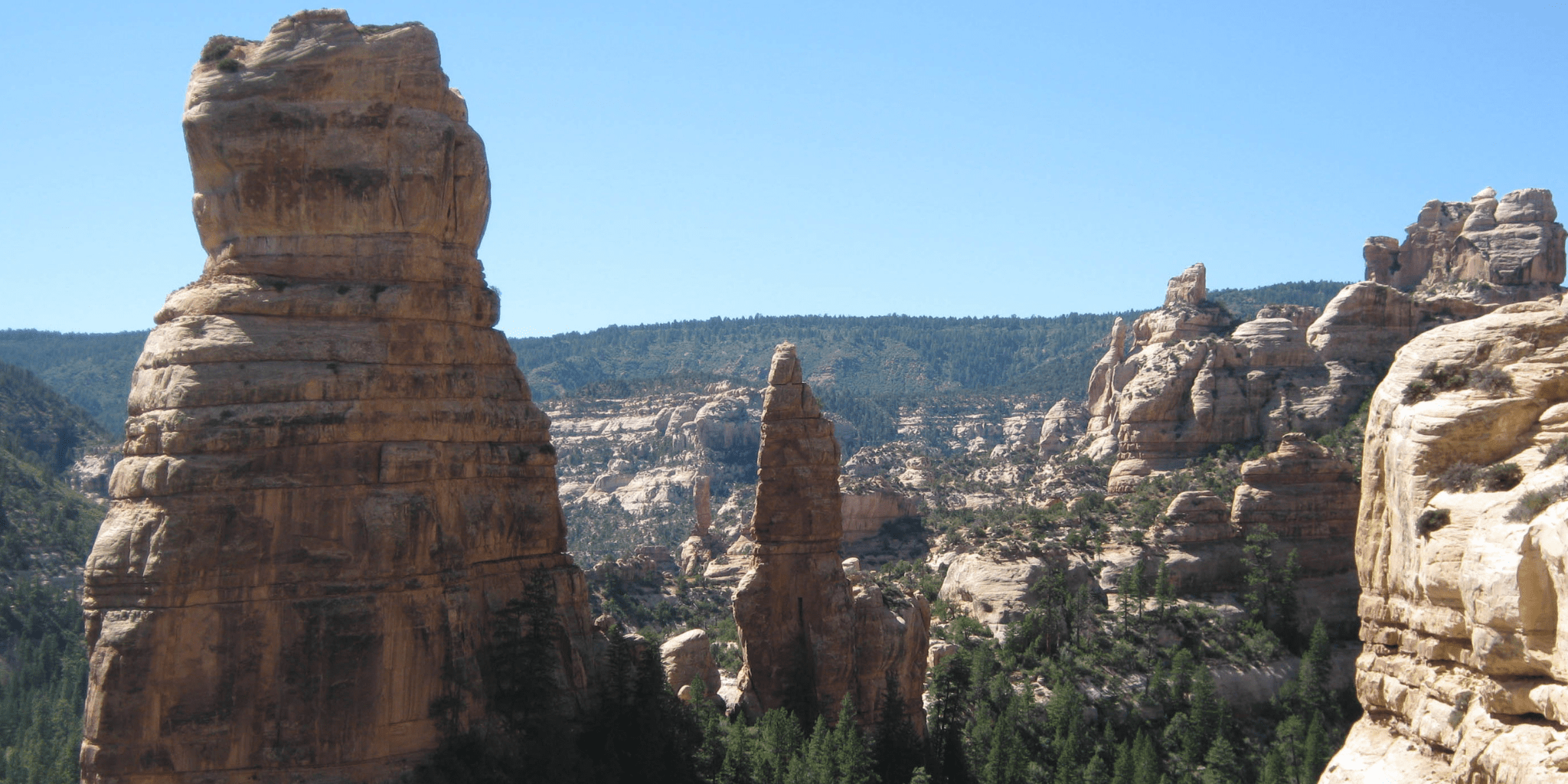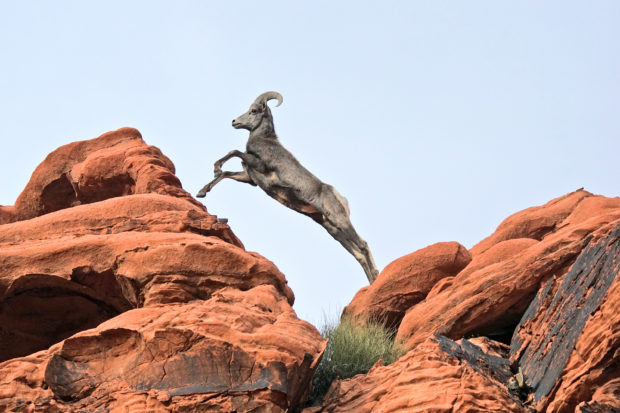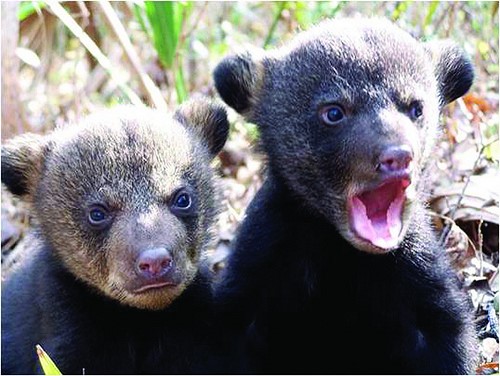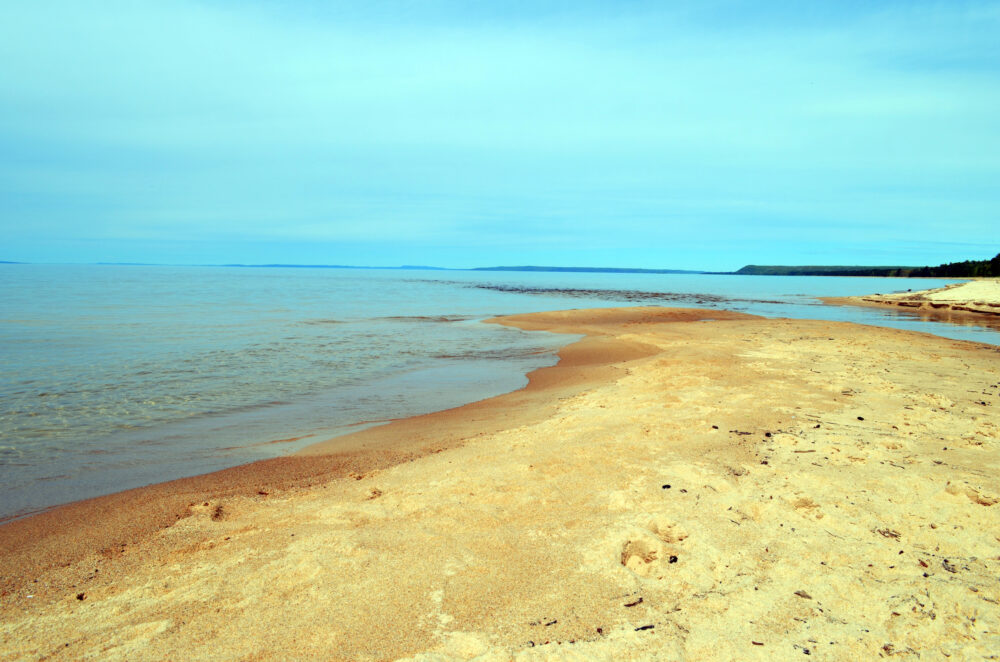We have much more to do and your continued support is needed now more than ever.
Fighting To Preserve Bears Ears: The Bears Ears Inter-Tribal Coalition

Stretching over nearly two million acres, the Bears Ears region in Utah is abundant with wildlife including elk, bighorn sheep, black bear, lynx and more than 25 species of birds. Named for two buttes that tower over the landscape, the area also boasts stunning geography that gives a glimpse of the Paleozoic and Mesozoic eras. The thousands of archaeological sites, petroglyphs, and cliff dwellings in this area are reminders that diverse groups of people have called Bears Ears their home over the past 12,000 years.

Unfortunately, the lands and these treasures have often been subject to vandalism, looting, and damage from energy and mineral extraction. For many years, individuals and organizations have been trying to bring protections to this sacred land, but none have been more important than the Bears Ears Inter-Tribal Coalition.
The formation of the coalition began a decade ago, when Utah Dine Bikeyah, a Native American grassroots organization, began extensive mapping of the cultural treasures in Bears Ears. The goal was to show clear and irrefutable evidence of the need to designate the area as a protected cultural landscape. In 2015, after being rebuffed by local officials, the organization decided to bring together leaders from the Hopi Tribe, Navajo Nation, Ute Mountain Ute Tribe, Pueblo of Zuni and Ute Indian Tribe to form the Bears Ears Inter-Tribal Coalition. It was a historic collaboration for the five tribes and one that proved very powerful.
“In the past, these tribes were enemies, but they came together and collaborated as one,” said Malcolm Lehi of the Ute Mountain Ute Tribe.
The Bears Ears Inter-Tribal Coalition developed a comprehensive plan to create a national monument that would protect 1.9 million acres of these sacred lands, commencing an impassioned campaign to get Congressional approval. In December 2016, after Congress adjourned without voting on such a plan, President Barack Obama used his authority under the Antiquities Act to create the Bears Ears National Monument. At 1.35 million acres, the monument was smaller than the one proposed by the coalition but the declaration included a management plan that empowered tribal leaders to provide guidance and recommendations for the management of their ancestral lands. As President Obama said in his proclamation:
“The traditional ecological knowledge amassed by the Native Americans whose ancestors inhabited this region, passed down from generation to generation, offers critical insight into the historic and scientific significance of the area. Such knowledge is, itself, a resource to be protected and used in understanding and managing this landscape sustainably for generations to come.”

“It actually brought tears to my face,” said Eric Descheenie, a former leader of the coalition. “It’s so significant. It’s so hard to even try to add up what this really means.”
The monument was a triumph and the culmination of more than six years of active work by the coalition, local tribal members and their allies to obtain protections for a sacred source of spiritual traditions.
Unfortunately, the victory was short-lived. Just four months later, President Donald Trump ordered then Secretary of the Interior Ryan Zinke to conduct a review of the monument. Despite widespread public support, Secretary Zinke recommended the size of the monument be drastically reduced by 85%. A New York Times investigation later showed that oil and gas considerations influenced the decision. On December 4, 2017 President Trump used executive privilege to slash Bears Ears to a fraction of its original size.
Members of the coalition immediately filed a lawsuit charging that the reduction was not only an attack on the five sovereign nations that had deep ties to Bears Ears, but that it was a complete violation of the separation of powers enshrined in the Constitution. Shaun Chapoose said President Trump’s action was just the latest affront to the way the federal government has treated tribal people.
“Bears Ears, the monument, is the headline, but the fight itself goes far beyond just monuments,” said Chapoose. “It goes to the relationship of the United States government with federally recognized tribes and treaty rights, which existed long before some of the states did.”
Over the last 18 months, the coalition has continued to protest the reduction of the monument and lobby Congress to restore the original boundaries. Carleton Bowekaty, the co-chair of the coalition and lieutenant governor for the Pueblo of Zuni, says since the federal protections were eliminated from the larger region, a great deal of damage has been inflicted on the lands and cultural treasures.
“It’s like seeing that your grandmother’s house has been robbed. These lands are sacred to us and they are being destroyed – sometimes inadvertently– by people who don’t understand our culture and way of life. That’s why we want all of this area protected, so we can help educate others and share our traditions with all people,” said Bowekaty.
The long and exhaustive fight the coalition has waged to save Bears Ears is why the National Wildlife Federation has chosen to honor the group with this year’s Special Conservation Achievement Award. The National Wildlife Federation recognizes the tireless work of the inter-tribal coalition to protect the cherished cultural treasures, abundant wildlife and sacred lands of the Bears Ears Monument so they can be enjoyed for generations to come.
Like what you read? Please consider making a donation to support our conservation programming like this:
Donate!





















